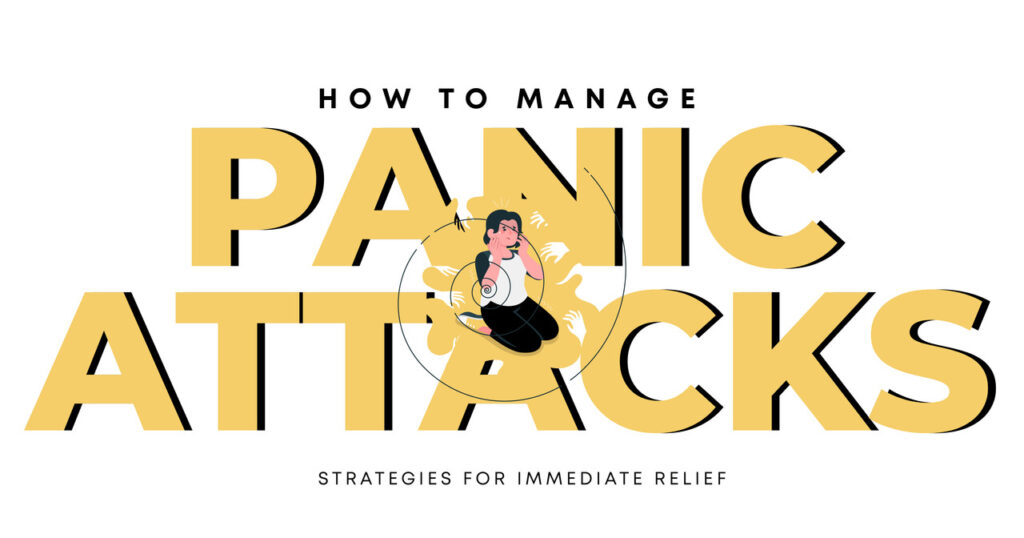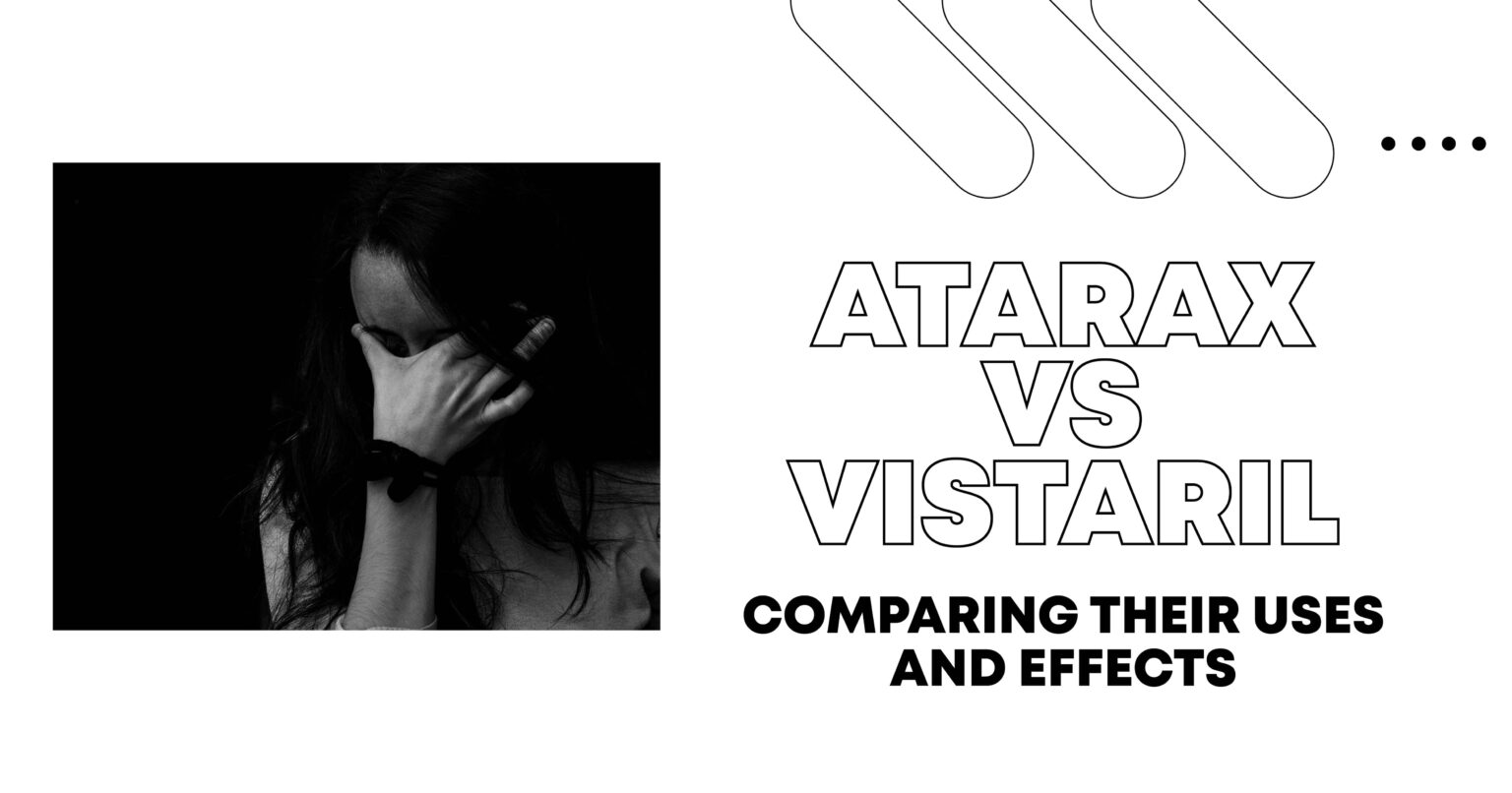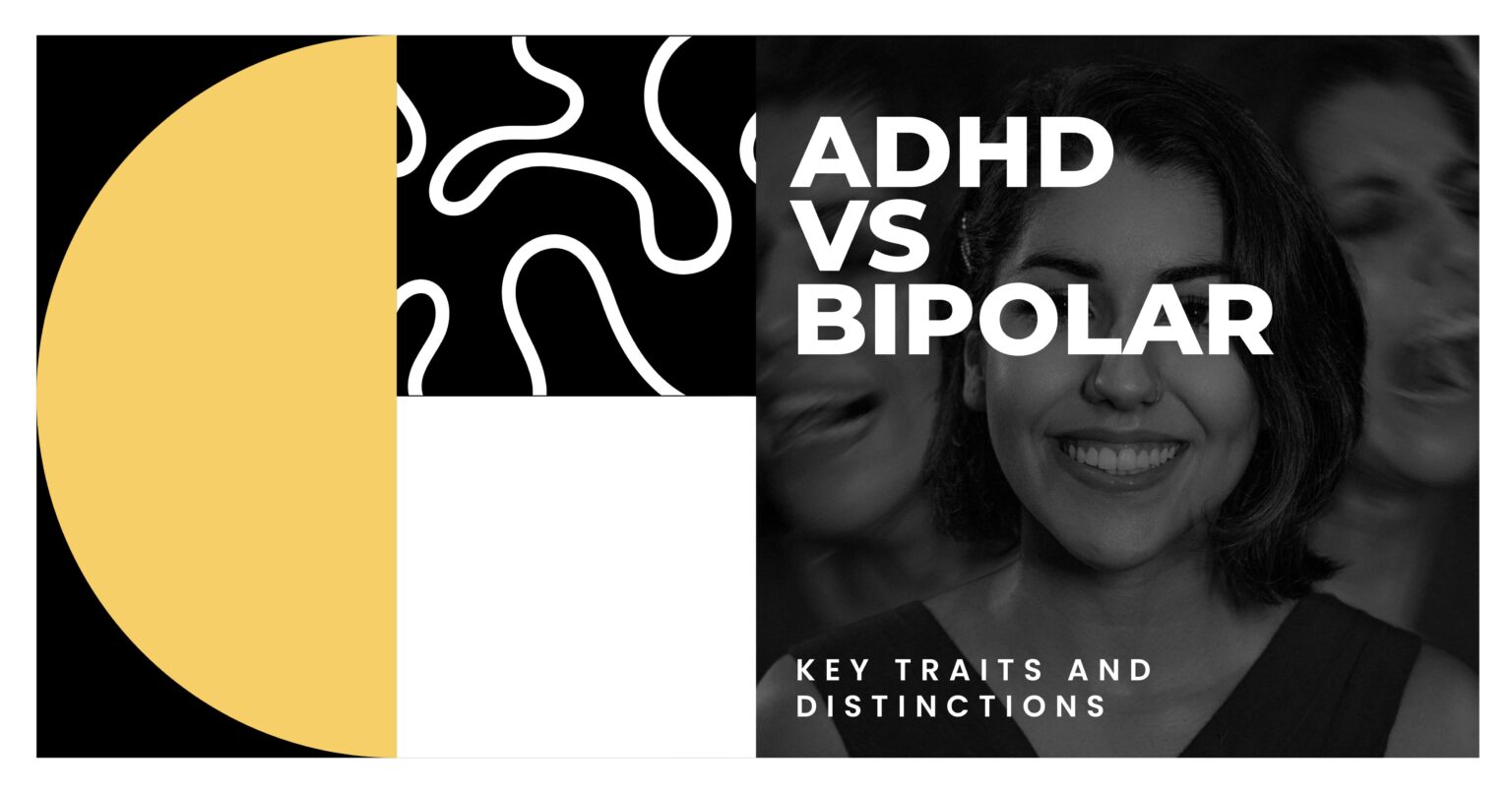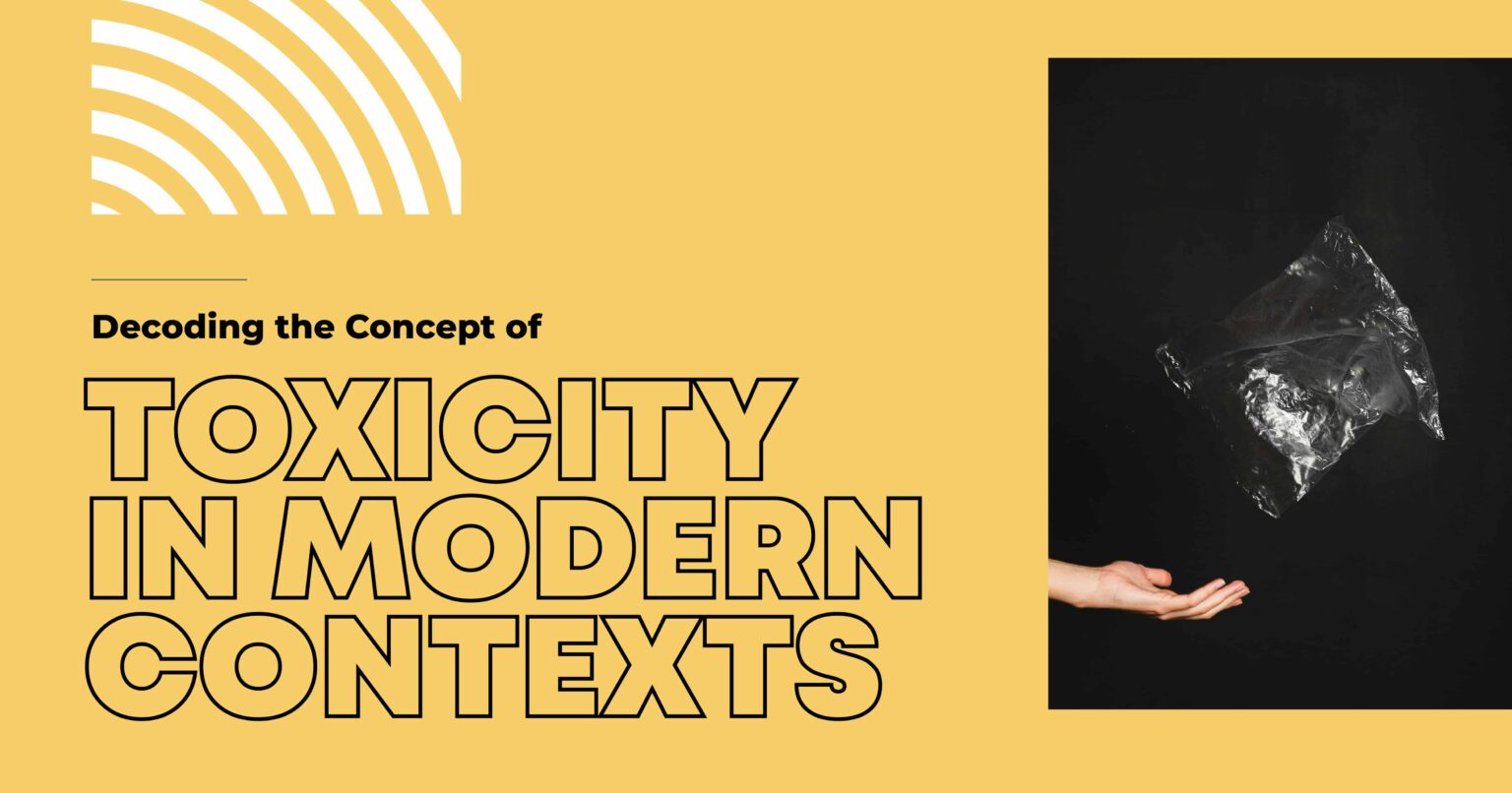Panic attacks can be overwhelming, often striking without warning and causing intense fear and discomfort. Understanding how to manage them effectively can make a significant difference in how you experience and handle these episodes.
Essential Takeaways
- Immediate Relief: To manage symptoms during a panic attack, use controlled breathing, grounding exercises, and muscle relaxation.
- Long-Term Management: To manage and reduce panic attacks over time, incorporate exercise, a balanced diet, and therapy into your routine.
- Personalized Plans: Identify triggers, develop coping strategies tailored to your needs, and seek support from professionals when necessary.
This comprehensive guide will explain everything you need to know about managing panic attacks, from immediate relief strategies to long-term prevention and support. Whether you’re experiencing panic attacks or supporting a loved one, this guide aims to provide practical, actionable advice in a supportive and empathetic tone.
Understanding Panic Attacks
What is a Panic Attack?
A panic attack is a sudden episode of intense fear or anxiety that can be debilitating. Symptoms often peak within minutes and can include:
- Rapid heartbeat (racing heart)
- Shortness of breath
- Dizziness or lightheadedness
- Trembling or shaking
- Nausea or abdominal discomfort
- Chest pain (often mistaken for a heart attack)
- Chills or hot flashes
- A sense of impending doom or loss of control
These symptoms can be distressing and may mimic those of a heart attack or other serious medical conditions, making it essential to understand what panic attacks are and how they differ from other health issues.
Causes and Triggers of Panic Attacks
Panic attacks can be triggered by various factors, including:
- Stress and Anxiety: High levels of stressful situations or chronic anxiety can increase the likelihood of experiencing panic attacks.
- Trauma: Past traumatic events or ongoing trauma can be significant triggers.
- Medical Conditions: Certain medical illnesses, such as thyroid disorders or heart issues, can contribute to panic symptoms.
- Substance Use: Caffeine, alcohol, and drug use can exacerbate or trigger panic attacks.
- Genetics: A family history of anxiety disorders or panic disorder symptoms may increase your susceptibility.
People with panic disorder may have recurring unexpected panic attacks, which further reinforces the need to understand your specific triggers. Identifying these can help you develop strategies to manage and prevent future panic attacks effectively.
Shine Mental Health
Immediate Strategies for Managing Panic Attacks
Breathing Exercises
One of the most effective ways to manage a panic attack is through controlled breathing. When you’re in the middle of a panic attack, your breathing may become rapid and shallow, exacerbating feelings of panic. Here’s how to use breathing exercises to regain control:
- Deep Breathing: Focus on taking slow, deep breaths. Inhale deeply through your nose for a count of four, hold your breath for a count of four, and then exhale slowly through your mouth for a count of four. Repeat this cycle several times.
- Diaphragmatic Breathing: Place one hand on your chest and the other on your abdomen. Inhale deeply through your nose, allowing your abdomen to rise while keeping your chest still. Deep breathing helps engage the diaphragm and promotes relaxation.
- The 4-7-8 Method: Inhale quietly through your nose for a count of four, hold your breath for seven, and exhale completely through your mouth for a count of eight. This method can help reduce feelings of anxiety and promote calmness.
Grounding Techniques
Grounding techniques help shift your focus away from the panic attack and back to the present moment. Here are a few methods to try:
- 5-4-3-2-1 Technique: Identify and focus on five things you can see, four things you can touch, three things you can hear, two things you can smell, and one thing you can taste. This technique helps ground you in the present and distracts you from the panic.
- Mindfulness Practices: Engage in mindfulness exercises, such as paying attention to your breath or observing your surroundings without judgment. Mindfulness can help you stay connected to the present moment and reduce panic-like symptoms.
Progressive Muscle Relaxation
Progressive muscle relaxation (PMR) involves tensing and slowly releasing different muscle groups in the body. This technique can help alleviate muscle tension associated with panic attacks:
- Start with Your Feet: Tense the muscles in your feet as tightly as possible for a count of five, then slowly release the tension.
- Work Upwards: Move up to your calves, thighs, abdomen, and so on, tensing and releasing each muscle group.
- Focus on the Sensation: Pay attention to the contrast between tension and relaxation, which can help reduce overall physical symptoms.
Long-Term Strategies for Managing and Preventing Panic Attacks
Developing Healthy Habits
Long-term management of panic attacks involves adopting a healthy lifestyle that supports mental well-being:
- Regular Physical Exercise: Regular physical activity can help reduce feelings of anxiety and improve overall mental health. Aim for at least 30 minutes of moderate exercise most days of the week. Activities like walking, jogging, swimming, or cycling can be beneficial.
- Healthy Diet and Hydration: A balanced diet rich in fruits, vegetables, whole grains, and lean proteins can support mental health. Avoid excessive caffeine and alcohol, which can exacerbate anxiety. Stay hydrated by drinking plenty of water throughout the day.
- Adequate Sleep: Good sleep hygiene is essential for managing anxiety. Aim for 7-9 hours of quality sleep each night. Establish a regular sleep routine, create a relaxing environment, and avoid screens before bedtime.
Professional Help and Therapy
If you find that panic attacks are affecting your everyday life, seeking professional treatment can provide significant relief and support:
- Cognitive Behavioral Therapy (CBT): CBT is a highly effective treatment for panic disorder. It focuses on identifying and changing negative thought patterns and behaviors that contribute to intense anxiety. CBT can help you develop coping strategies and gain a better understanding of your panic disorder symptoms.
- Medication Options: In some cases, medication may be prescribed to help manage panic disorder symptoms. Medications such as selective serotonin reuptake inhibitors (SSRIs) or serotonin-norepinephrine reuptake inhibitors (SNRIs) can be effective. Consult with a healthcare provider to discuss potential benefits and side effects.
- Support Groups and Resources: Joining support groups or seeking additional resources can provide ongoing support and guidance. Connecting with others who understand your experience can be comforting and empowering.
Practical Tips for Everyday Management
Creating a plan for managing panic attacks and incorporating relaxation techniques into your daily routine can enhance your overall well-being:
- Developing a Personal Coping Strategy: Identify which techniques work best for you and create a personalized plan for managing panic attacks. Include strategies like breathing exercises, grounding techniques, and mindfulness practices.
- Communicating with Others: It can be helpful to communicate with friends, family, or colleagues about your experiences with panic attacks. Let them know how they can support you and what they should do if you experience a panic attack in their presence.
Incorporating Relaxation Techniques
Incorporating relaxation techniques into your daily life can help reduce anxiety and prevent future panic attacks:
- Meditation and Mindfulness: Regular meditation and mindfulness practices can help manage anxiety and promote relaxation. Start with a few minutes each day and gradually increase the duration. Explore different meditation styles, such as guided meditation or loving-kindness meditation.
- Yoga and Stretching: Yoga and stretching exercises can help reduce muscle tension and improve mental well-being. Incorporate simple yoga poses and stretches into your daily routine to enhance relaxation and flexibility.
Shine Mental Health
Conclusion
Recap of Key Strategies
Managing panic attacks involves a combination of immediate relief techniques and long-term strategies. By practicing controlled breathing, grounding techniques, and progressive muscle relaxation, you can effectively manage panic attacks as they occur. Developing healthy habits, seeking professional help, and incorporating relaxation techniques into your daily life can support long-term anxiety management.
Encouragement and Next Steps
If you or someone you know is struggling with panic attacks, remember that help is available, and recovery is possible. Take the first step by implementing the strategies outlined in this guide and seeking professional support if needed. You don’t have to face panic attacks alone—reach out for help and take control of your mental health.
Call to Action
If you or someone you care about is struggling with panic attacks, don’t hesitate to seek professional treatment. Contact a mental health professional or a support service for assistance. For more information and resources, visit our website. Take the first step towards a calmer, healthier life today.
Shine Mental Health
FAQs
- What is the difference between a panic attack and an anxiety attack?
Panic attacks are sudden and intense, peaking within minutes with physical symptoms. Anxiety attacks build up over time and are generally less intense. Both require different management approaches. - How long do panic attacks last?
Panic attacks typically last 5 to 20 minutes. Some may experience lingering anxiety afterward, but the intense symptoms usually subside within this timeframe. - Can specific foods or drinks trigger panic attacks?
Yes, caffeine, sugar, and alcohol can trigger or worsen panic attacks. Limiting these can help reduce the frequency and severity of attacks. - Can panic attacks be prevented entirely?
Complete prevention may not be possible, but regular exercise, a balanced diet, adequate sleep, and stress management can reduce their frequency and severity. - When should I seek professional help?
Seek help if panic attacks are frequent, severe, or disrupt daily life. A mental health professional can provide effective treatment options.







